Physical Address
304 North Cardinal St.
Dorchester Center, MA 02124
Physical Address
304 North Cardinal St.
Dorchester Center, MA 02124
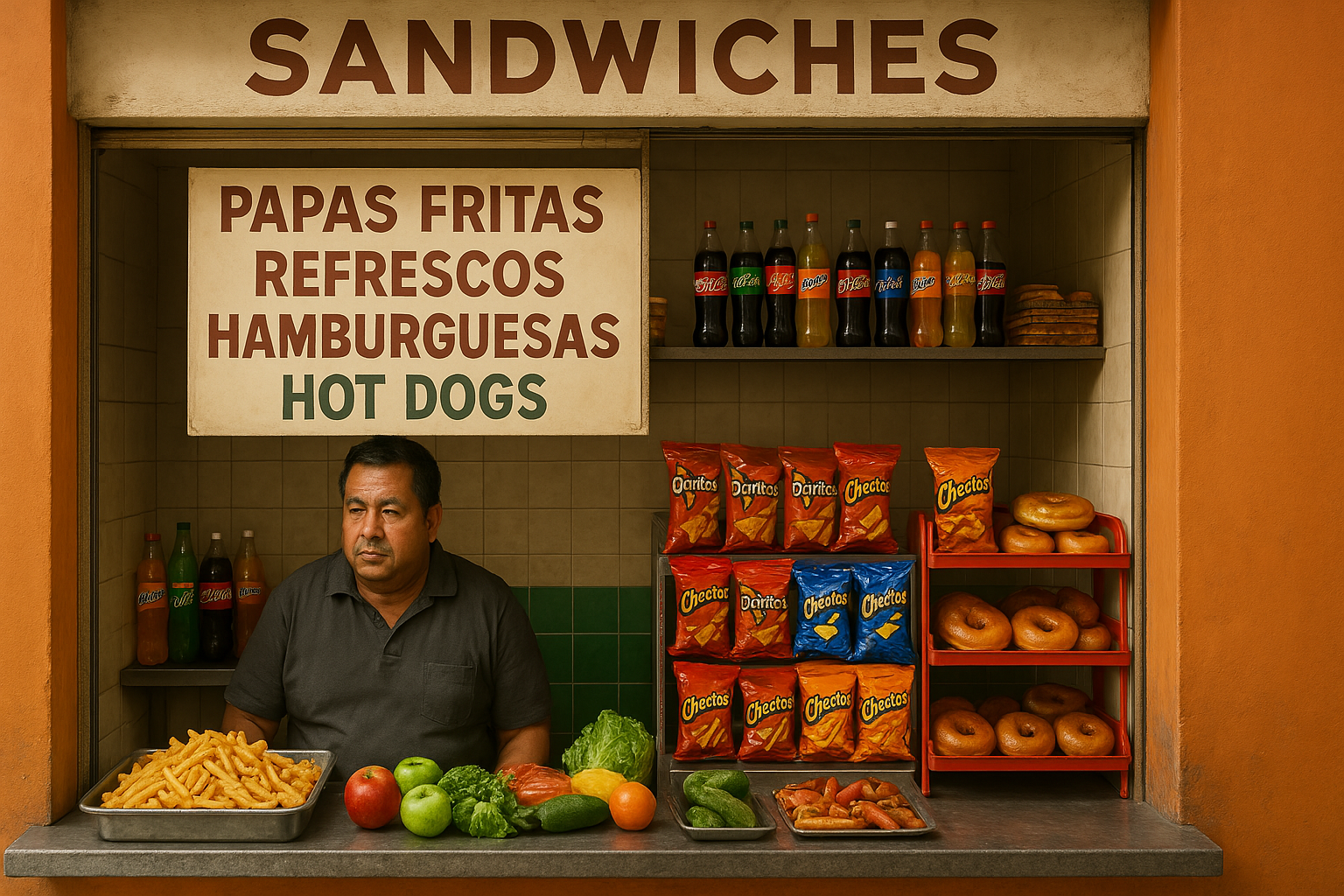
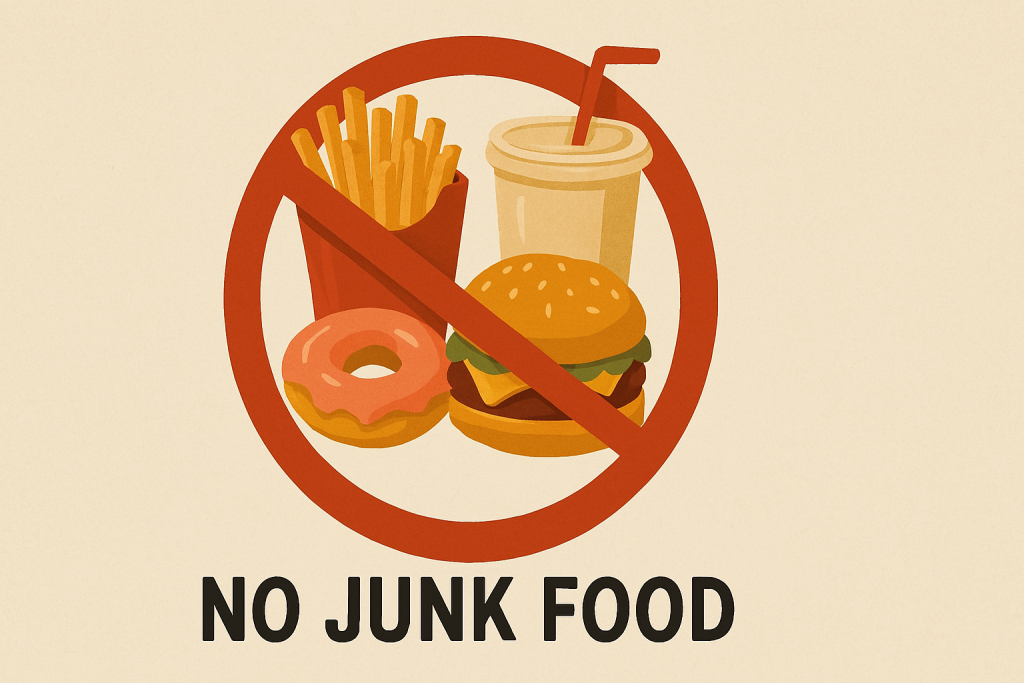
Mexico’s 2025 Junk Food Ban | School Health Policy Targets Childhood Obesity
Learn how Mexico’s nationwide 2025 junk food ban in schools aims to fight childhood obesity. Explore its goals, impact, public response, and international influence.
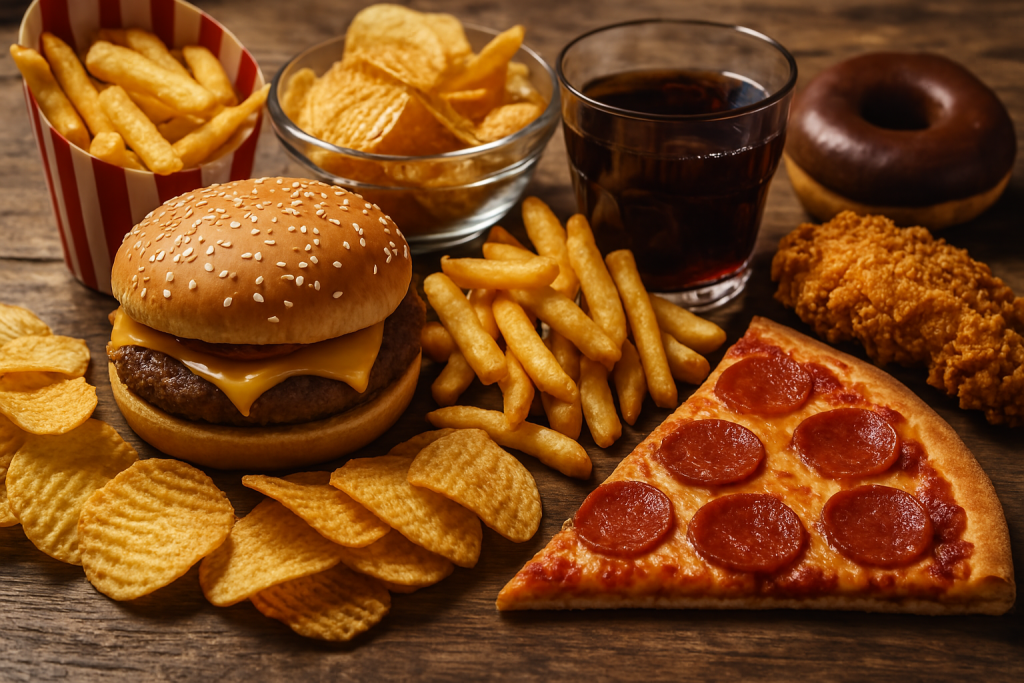
In March 2025, Mexico made global headlines by implementing one of the world’s most aggressive food policies—a total ban on junk food sales in schools. The decision marks a significant escalation in the country’s fight against childhood obesity, a growing epidemic that threatens the long-term health and economic stability of the nation.
With over one-third of children aged 5 to 11 classified as overweight or obese, the government has declared war on ultra-processed foods, sugary beverages, and the aggressive marketing tactics of junk food manufacturers. The move isn’t just about snacks—it’s a restructuring of public health priorities aimed at changing what kids eat, how they eat, and what they learn about nutrition from an early age.
Mexico’s Public Education Ministry (SEP), in collaboration with the Health Ministry, now prohibits schools from selling, promoting, or distributing foods that meet the criteria for ultra-processed, high-sugar, or high-fat content. The regulation covers:
Instead, schools are encouraged—by law—to offer or make space for healthier alternatives like:
This sweeping measure extends to both public and private schools, covering over 255,000 institutions nationwide.
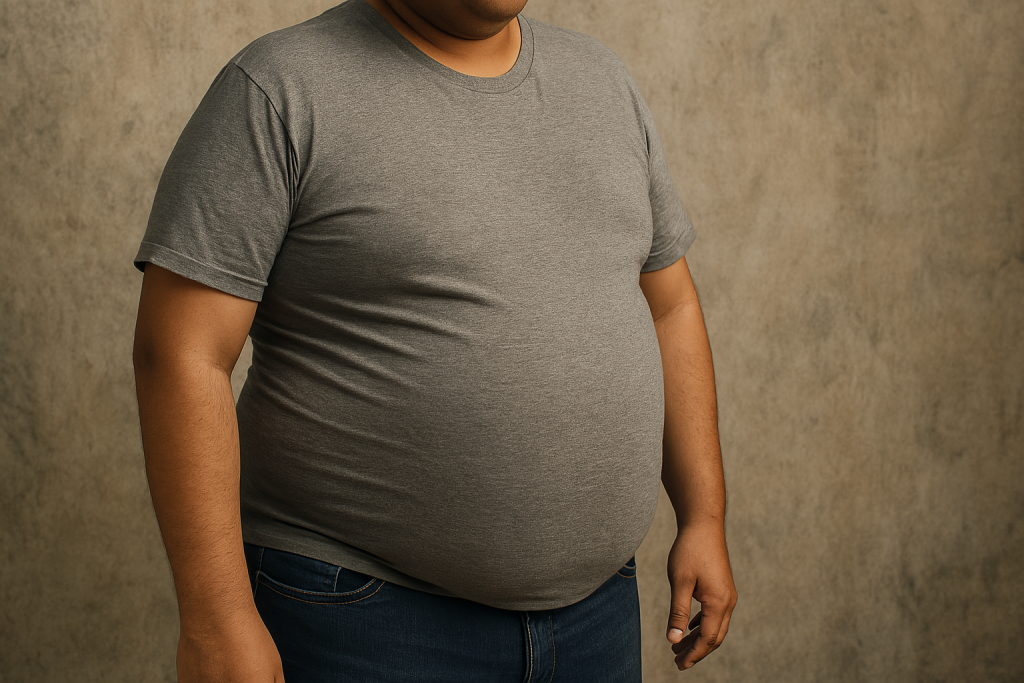
Mexico’s struggle with obesity isn’t new. For over a decade, the country has ranked among the highest in childhood obesity globally, just behind the U.S. and some Middle Eastern nations.
According to data from Mexico’s National Health and Nutrition Survey, over 37% of children aged 5 to 11 are overweight or obese. Many of them already show early signs of type 2 diabetes, fatty liver disease, hypertension, and even depression—conditions once rare in this age group.
This crisis has prompted policymakers to adopt a “food as medicine” approach, with schools serving as the front line of defense.
The junk food ban is more than a regulatory action—it’s part of a long-term vision to instill lifelong healthy habits and reduce chronic disease burdens.
By controlling what’s available during school hours, officials hope to rewire daily consumption patterns, making it easier for kids to choose healthier options outside the classroom too.
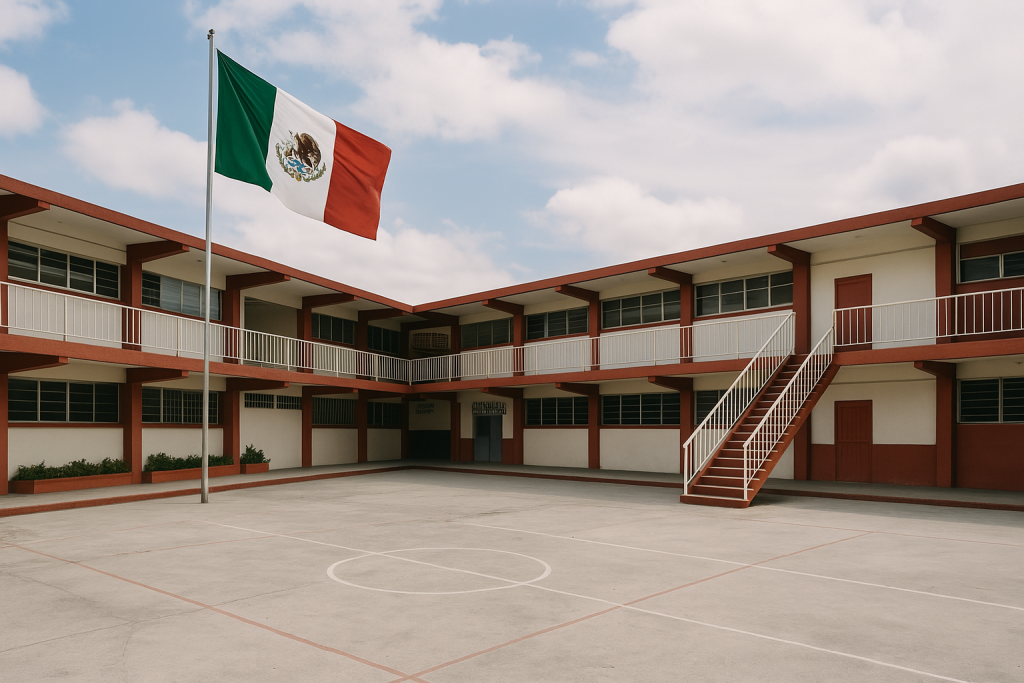
The law is designed with strict enforcement mechanisms to ensure compliance:
Though ambitious, the enforcement challenge is massive—especially in rural or underfunded districts.
While the school environment is a critical battleground, parents are seen as pivotal allies in the fight. The SEP has launched an education campaign encouraging parents to:
Online toolkits, nutrition guides, and community programs are being rolled out to help families adjust to the new standards.
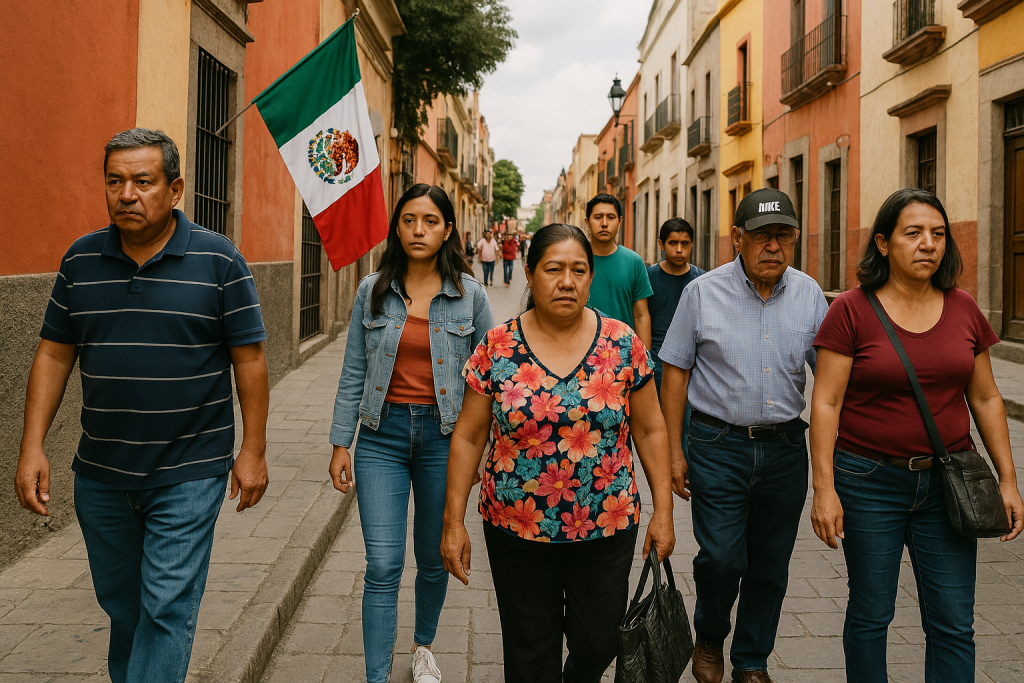
No reform of this scale is without challenges. Implementation hurdles include:
Monitoring over a quarter million schools for food violations is no small feat. Past laws have often been ignored due to lax oversight.
Some schools lack basic amenities, including safe drinking water or food prep facilities—making it difficult to implement healthy alternatives.
Outside school gates, mobile food vendors continue to sell banned items to students. While technically off school property, these vendors undermine the ban’s intent.
Some multinational snack and soda companies are lobbying against the regulations, claiming economic harm to local distributors and store owners.
Despite these barriers, public health officials remain optimistic that continued investment in education, infrastructure, and community partnerships will help the initiative succeed.
Mexico’s junk food ban is setting a global precedent. As lifestyle-related diseases soar worldwide, countries from Latin America to Asia are studying Mexico’s bold move. Already, cities like New York, Seoul, and Santiago have introduced:
But few have taken the school-focused, top-down approach that Mexico has launched. If it proves effective, expect more countries to adopt similar frameworks in the next five years.
Doctors and nutritionists across the board have praised the decision.

“Schools are the only place where we can truly control the food environment,” says Dr. Ana Luisa Rueda, a pediatric endocrinologist in Mexico City. “Children eat at least one-third of their daily calories in school—this policy has the power to change lives.”
Public health researchers note that Mexico’s approach integrates both education and access, rather than focusing solely on individual willpower. This environmental shift, they argue, is what’s needed to reshape an entire generation’s health trajectory.
To gauge the policy’s impact, Mexico has outlined specific metrics to track:
If achieved, these metrics could pave the way for expanded reforms in teen health, adult chronic disease, and national healthcare costs.
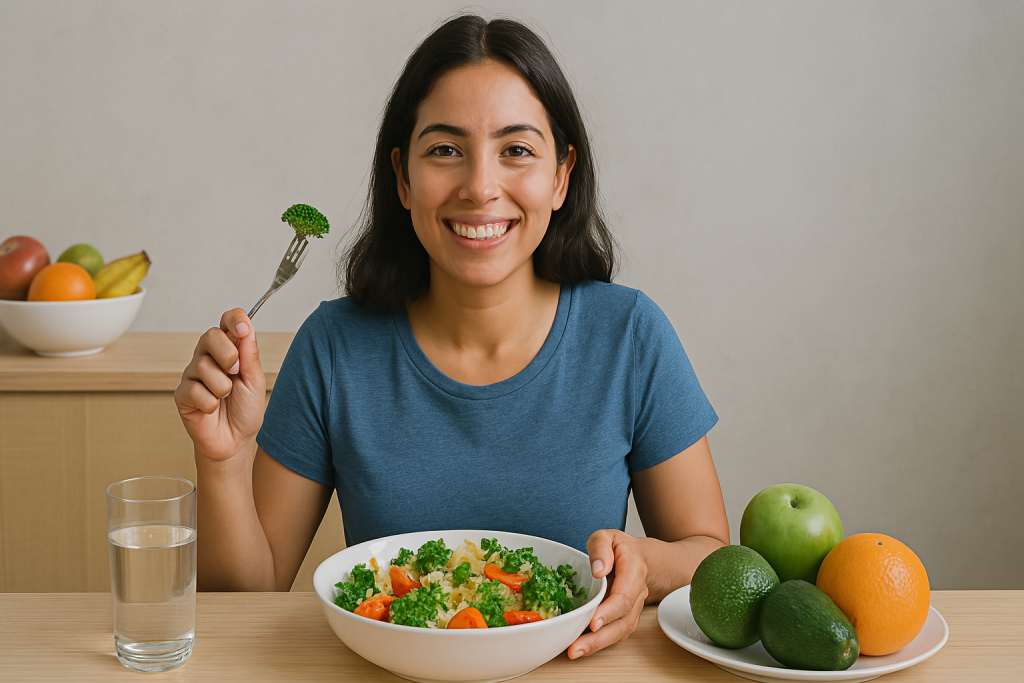
Whether you’re a parent, teacher, policymaker, or simply someone who cares about child health, there are ways to support similar efforts wherever you live:
Every small change adds up—and policies that protect children’s right to healthy food are worth championing globally.
Mexico’s 2025 junk food ban in schools is more than a policy—it’s a paradigm shift. In prioritizing nutrition as a core component of education, Mexico is taking real, measurable action against the largest preventable health crisis of our time: childhood obesity.
The road ahead will be challenging. But if successful, this initiative could transform not just what’s in kids’ lunchboxes—but also how an entire nation thinks about food, health, and the role of government in protecting its youngest citizens.